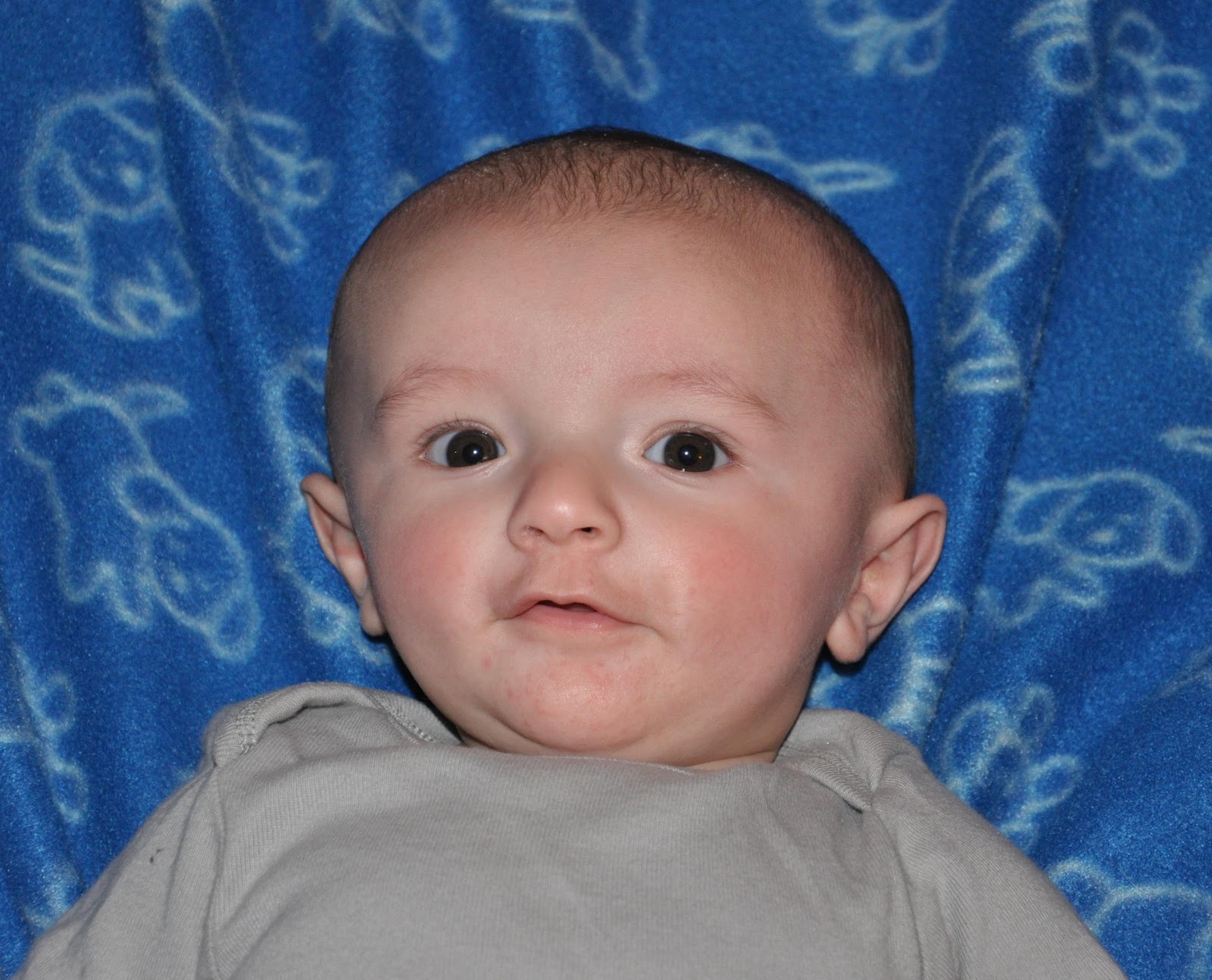

Often, the back of their heads will appear flattened, with the top of their heads appearing to stick upward. The defining feature of deformational plagiocephaly is a flat or uneven baby head shape. Plagiocephaly can also be caused by muscular torticollis: tightened neck muscles that make your baby turn their head to one side while sleeping. This happens because of pressure on their heads from a lack of space in the uterus. Sometimes, babies that are twins or multiples can be born with plagiocephaly. This is often caused by back sleeping or laying in infant swings, strollers, rockers, car seats, and carriers for a long time. If you have any concerns about flat spots, or if your baby’s head shape is severely misshapen, you should talk with your child’s pediatrician.ĭeformational plagiocephaly happens when your baby’s head rests in the same position for extended periods. Craniosynostosis can cause significant problems for your baby’s development, because their brain won’t have enough space to grow normally. Babies with craniosynostosis have skull bones that fuse together before they should. Plagiocephaly does not affect your baby’s brain growth or development.Ī more serious condition that causes babies to have abnormally shaped heads is called craniosynostosis. Typically, your baby’s flat spot is considered a cosmetic problem. The medical term for this condition is deformational/positional plagiocephaly. Their unfused bones mean that continued pressure from lying in the same position for long periods can cause flat spots and an uneven head shape. If your baby spends a lot of time on their back or with their head turned to one side, you might notice that their head shape has become uneven. These sutures and fontanelles allow your baby’s head to squeeze through the birth canal and expand rapidly as their brain grows and develops. These sutures meet together at two fontanelles, soft spots where your baby’s skull bones have not yet closed together. When your baby is born, their skull bones are connected by flexible spaces called sutures. One occipital bone in the back of their head.Two parietal bones at the top of their head.Newborns and infants have five major bones in their skulls: Here is what you need to know about baby head shapes and potential problems. Often, a baby’s head shape will even out after birth, but sometimes, they develop flat spots or uneven head shapes in the months after. Newborn and infant skull bones will usually not fuse together until after their first birthday, allowing enough space for rapid brain growth and development.

It's common for babies to be born with misshapen heads after passing through the narrow birth canal due to their malleable and separate skull bones.


 0 kommentar(er)
0 kommentar(er)
